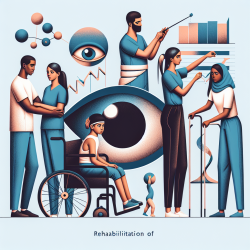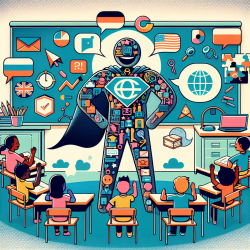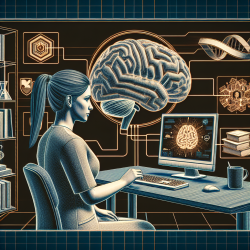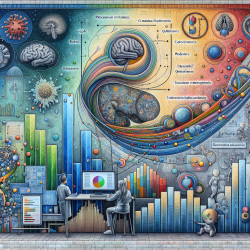Introduction
As educators and practitioners dedicated to fostering academic success in children, it is crucial to rely on data-driven insights to guide our interventions. A recent study titled Reading and Math Achievement in Children With Dyslexia, Developmental Language Disorder, or Typical Development: Achievement Gaps Persist From Second Through Fourth Grades provides valuable insights into the persistent academic challenges faced by children with dyslexia and developmental language disorder (DLD). This research underscores the importance of early identification and intervention, as well as the need for ongoing support to bridge achievement gaps.
Key Findings
The study examined a cohort of 448 children with dyslexia, DLD, or typical development from second through fourth grades. The findings revealed significant and persistent achievement gaps in reading and math for children with dyslexia and/or DLD compared to their typically developing peers. Notably, children with co-occurring dyslexia and DLD exhibited the greatest deficits, highlighting the compounded impact of these disorders on academic performance.
- Children with dyslexia and/or DLD scored significantly lower on school-administered measures of reading and math.
- Achievement gaps identified in second grade persisted through fourth grade, with minimal differences in growth rates between groups.
- Despite lower academic performance, only a small percentage of children received specialized support services, particularly those with DLD-only.
Implications for Practice
These findings emphasize the critical need for early and accurate identification of dyslexia and DLD in children. Practitioners should consider implementing comprehensive screening processes in schools to identify children at risk and provide timely interventions. Additionally, the study highlights the necessity of raising awareness about DLD, as children with this disorder are often under-identified and underserved.
To improve outcomes for children with dyslexia and DLD, practitioners can:
- Advocate for the integration of language-based interventions within the curriculum to support reading and math development.
- Collaborate with educators to develop individualized education plans (IEPs) that address the specific needs of children with dyslexia and DLD.
- Utilize online therapy platforms, like TinyEYE, to provide accessible and flexible support for children requiring speech-language services.
Encouraging Further Research
The study also underscores the importance of continued research to explore the long-term impacts of dyslexia and DLD on academic achievement. By examining larger and more diverse samples, researchers can better understand the nuances of these disorders and develop targeted interventions to support children effectively.
Conclusion
By leveraging the insights from this study, educators and practitioners can enhance their strategies to support children with dyslexia and DLD. Through early identification, tailored interventions, and increased awareness, we can work towards closing the achievement gaps and empowering children to reach their full academic potential.
To read the original research paper, please follow this link: Reading and Math Achievement in Children With Dyslexia, Developmental Language Disorder, or Typical Development: Achievement Gaps Persist From Second Through Fourth Grades.










